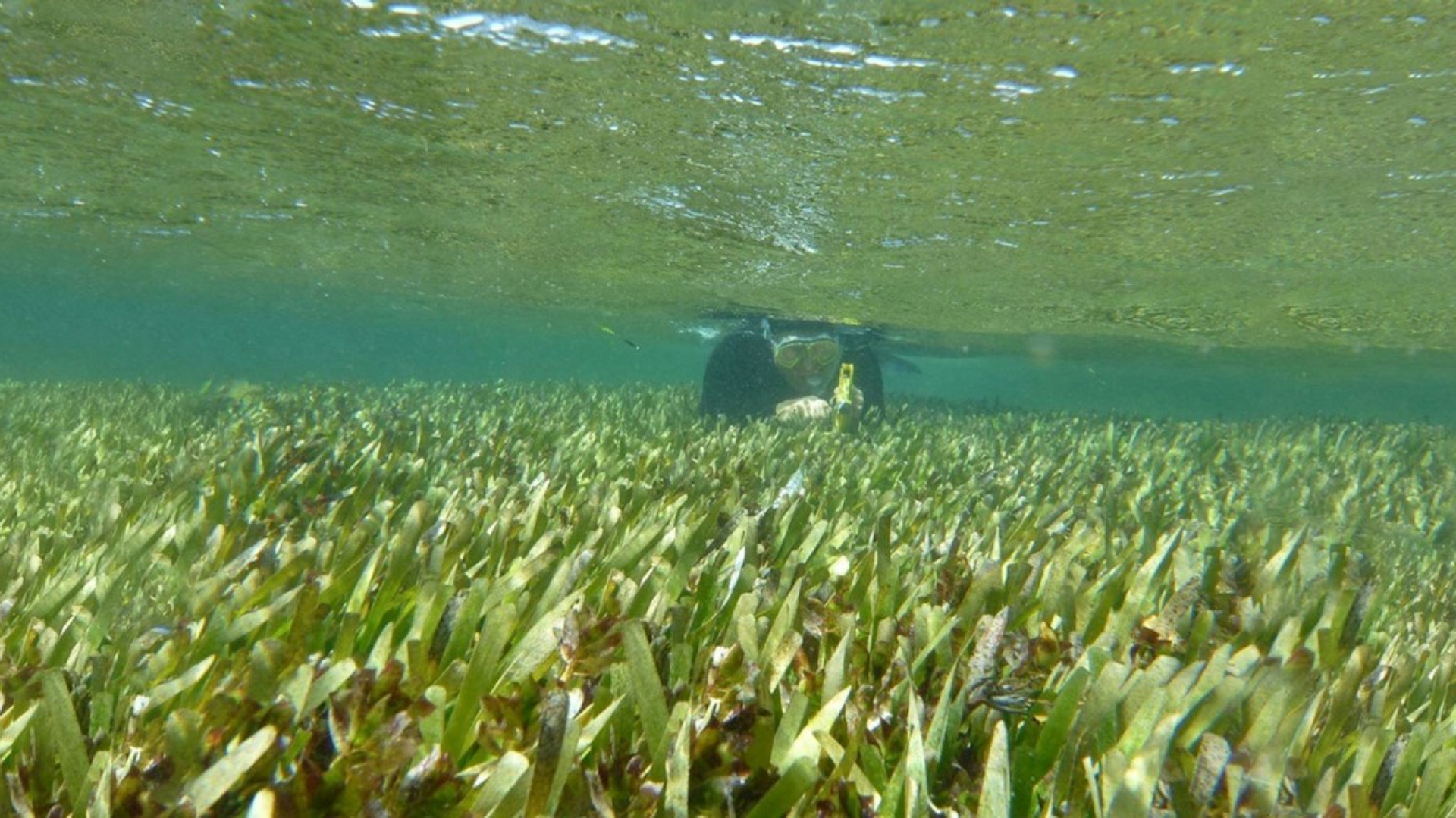Vast Seagrass Meadow Off Australian Coast Eclipses Aspen Forest as World’s Largest Organism
Subscribe
A new study by Australian scientists has found that a huge expanse of seagrass off the continent’s western coast is actually a single organism that’s spread across the seafloor for more than 4,500 years.
When scientists set out to study the seagrass Posidonia australis, also known as fibre-ball weed or ribbon weed, in Western Australia’s Shark Bay, they made a bizarre discovery: samples taken more than 100 miles apart had identical DNA.
“We thought ‘what the hell is going on here?’” Martin Breed, an ecologist at Flinders University in Adelaide, told The Guardian. “We were completely stumped.”
Ribbon weed grows from a seed – in this case, a bizarre hybrid of two different species – and expands via underground rhizomes, which sprout new plants while remaining connected to the others. Similar behavior is seen in Indian goosegrass, the bane of many Western lawns.
![Map of Shark Bay, Gathaagudu, Western Australia. Distribution of persistent seagrass cover (dense and sparse) in 2016 (adapted from Strydom et al. [37]). Posidonia australis sampling locations for meadows in the western gulf and eastern gulf. Map of Shark Bay, Gathaagudu, Western Australia. Distribution of persistent seagrass cover (dense and sparse) in 2016 (adapted from Strydom et al. [37]). Posidonia australis sampling locations for meadows in the western gulf and eastern gulf. - Sputnik International, 1920, 01.06.2022](https://cdn1.img.sputnikglobe.com/img/07e6/06/01/1095929886_0:0:1418:1721_1920x0_80_0_0_f0d74bf3c02ff2db7d73078072ebdf90.jpg)
Map of Shark Bay, Gathaagudu, Western Australia. Distribution of persistent seagrass cover (dense and sparse) in 2016 (adapted from Strydom et al. [37]). Posidonia australis sampling locations for meadows in the western gulf and eastern gulf.
“The existing 200 square kilometers of ribbon weed meadows appear to have expanded from a single, colonizing seedling,” Jane Edgeloe, a student researcher at the University of Western Australia, told the outlet.
Its unique DNA, having been retained from both parent plants, probably helped it adapt as it spread across waters of different temperatures and salinities. In their samples, the researchers found subtle variations in its DNA, indicating that it also adapted as it spread, too.
Their research was published on Wednesday in the science journal Proceedings of the Royal Society B.
The meadow spreads across 77 square miles, or roughly three times the size of Manhattan Island. In order to grow so large, the scientists estimate it must have sprouted at least 4,500 years ago, or about the same time the ancient Egyptians were building the Great Pyramid at Giza.
Prior to this discovery, the largest single organism was believed to be a grove of Aspen trees in Utah known as “Pando.” The tree similarly spreads via underground rhizomes, allowing Pando to cover some 43 hectares, or about 0.16 square miles. However, while the Shark Bay ribbon weed meadow is far larger, the Pando grove is far older, having persisted for at least 80,000 years, meaning it will retain the title of world’s oldest organism.



